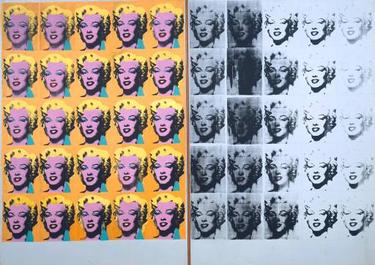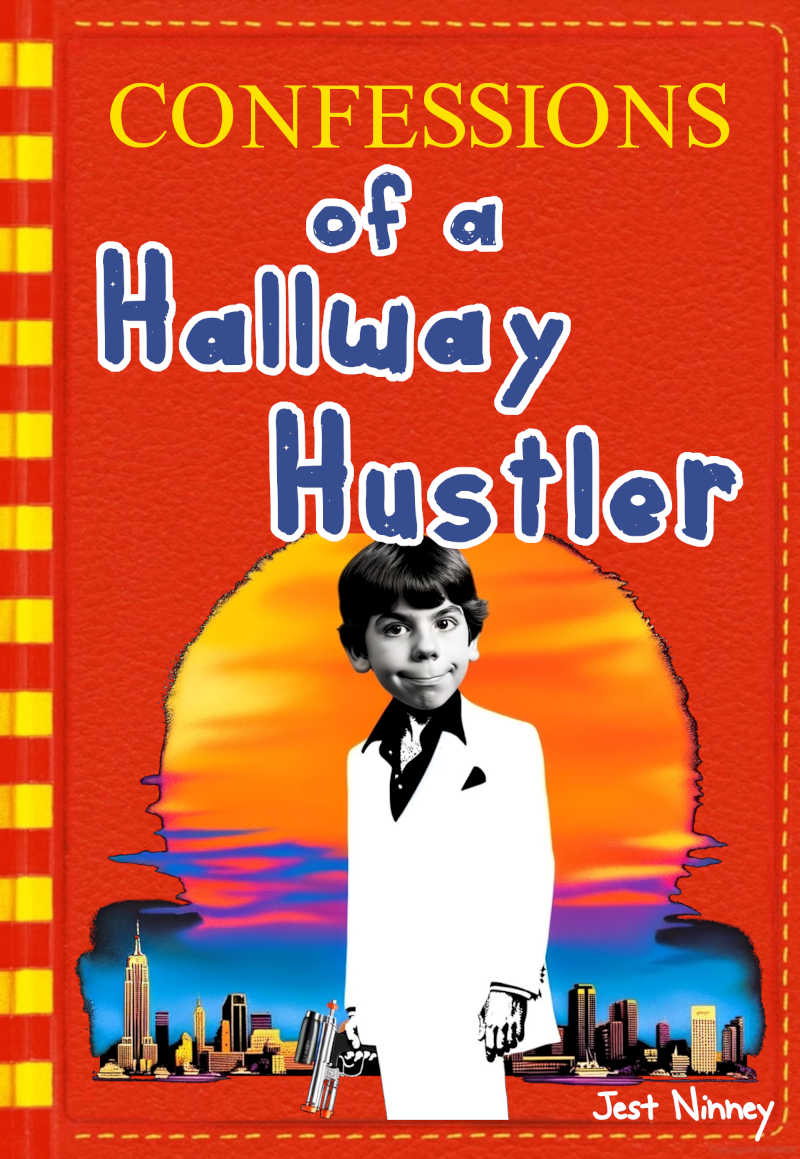Definition of Pastiche
Pastiche is a literary and artistic technique where a work imitates the style or character of another work, genre, or author. Unlike parody, pastiche is generally created as a form of homage rather than criticism. It can be a collection of various elements or a single imitation.
Etymology and Brief History
The term “pastiche” is borrowed from the Italian word “pasticcio,” which originally referred to a kind of pie made of various ingredients. In French, “pastiche” means a medley or mixture.
The term has been used in literary criticism since the 19th century, although the concept predates the term. It gained scholarly attention in the 20th century, particularly in discussions about postmodernism.
Fredric Jameson on Pastiche
In his book Postmodernism, or, the Cultural Logic of Late Capitalism, Fredric Jameson discusses pastiche as a defining characteristic of postmodern culture. According to Jameson, pastiche is a “blank parody,” a mimicry that has lost its humor and critical edge. He argues that in a postmodern world, pastiche reflects the absence of originality and the collapse of historical depth, serving as a mirror to the superficiality of the culture.
Pastiche vs Parody
While both pastiche and parody involve imitation, they serve different purposes. Parody aims to mock or critique the original work, genre, or author.
Pastiche, on the other hand, is generally more neutral or celebratory. It does not necessarily aim to expose flaws but rather to pay homage or explore styles.
Pastiche in Literary Works
“The Waste Land” by T.S. Eliot
T.S. Eliot’s “The Waste Land” is a pastiche of various literary, mythological, and religious texts. Eliot blends these different elements to create a complex narrative that reflects the fractured state of modern society. The purpose is not to mock these traditions but to show their interconnectedness and their relevance to contemporary issues.
“Cloud Atlas” by David Mitchell
David Mitchell’s “Cloud Atlas” is a novel made up of six different stories, each imitating a different genre, from historical fiction to science fiction. The pastiche serves to explore themes of power, exploitation, and interconnectedness across different times and spaces.
“Beloved” by Toni Morrison
Toni Morrison’s “Beloved” incorporates elements of African American folklore, history, and ghost stories. This pastiche serves to give a voice to marginalized histories and to explore the complexities of memory and trauma.
Pastiche in Visual Arts
Andy Warhol’s “Marilyn Diptych”
Andy Warhol’s “Marilyn Diptych” is a pastiche of popular culture and traditional religious art. Warhol uses the image of Marilyn Monroe in the style of a Christian diptych to comment on the nature of fame and the idolization of celebrities.

“The Physical Impossibility of Death in the Mind of Someone Living” by Damien Hirst
Damien Hirst’s artwork, featuring a shark preserved in formaldehyde, is a pastiche of scientific displays and traditional sculpture. The work challenges our perceptions of art, life, and death.
“I Saw the Figure 5 in Gold” by Charles Demuth
Charles Demuth’s painting is a pastiche of visual forms—text, abstract shapes, and representational images—to create a tribute to his friend, the poet William Carlos Williams. The painting serves to explore the relationship between visual art and poetry.

